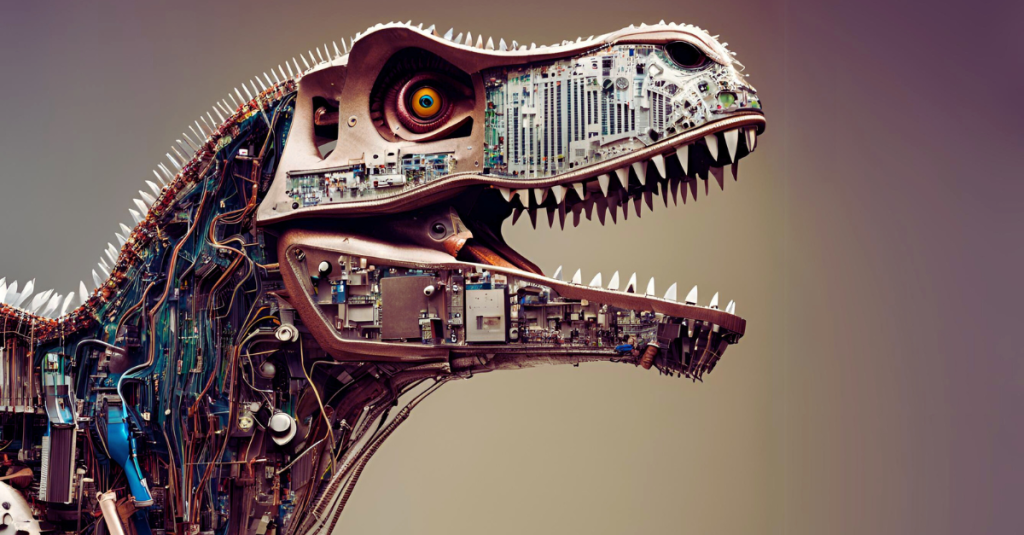At Elite, we understand that in the dynamic world of electronics manufacturing, managing obsolescence is crucial. As technology continues to advance at a rapid rate, components can quickly become obsolete, presenting significant challenges. Here’s how we effectively manage obsolescence to ensure uninterrupted quality and reliability:
💠 Lifecycle Monitoring: We continuously monitor the lifecycle status of all our components. By leveraging advanced tools and maintaining strong partnerships with suppliers, we receive early warnings about end-of-life (EOL) announcements and last-time buy (LTB) opportunities. This foresight allows us to plan and mitigate risks effectively.
💠 Strategic Sourcing: Our diversified supplier base and strong relationships with reliable distributors are key to our obsolescence strategy. These partnerships enable us to access alternative components or suitable replacements promptly, ensuring our production lines remain agile and resilient.
💠 Inventory Management: Balancing inventory is critical. We maintain an optimal stock of critical components, strategically stockpiling vulnerable parts to protect against sudden obsolescence.
💠 Data and Documentation: We keep meticulous records of component specifications, sourcing histories, and usage patterns. This wealth of data allows us to make informed decisions swiftly and negotiate effectively with suppliers when obsolescence issues arise.
💠 Collaborative Communication: Strong communication is at the heart of our obsolescence management strategy. We ensure transparent and timely information sharing with suppliers, customers, and within our organisation. This collaborative approach helps us develop proactive solutions and minimise downtime.
By implementing these practices, Elite maintains the highest standards of quality and reliability. Our proactive approach to obsolescence ensures we continue to deliver exceptional products, meeting and exceeding our customers’ expectations.

